PRIENE: The Timeless Jewel of Ancient Ionia
Explore the Ruins of Priene’s Architecture

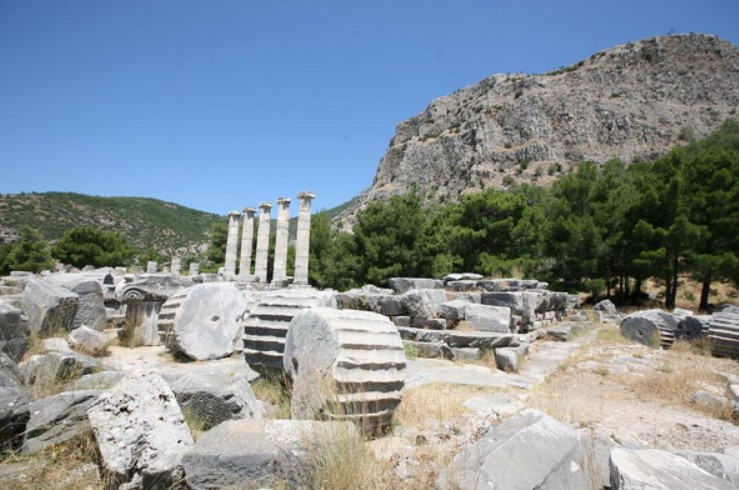
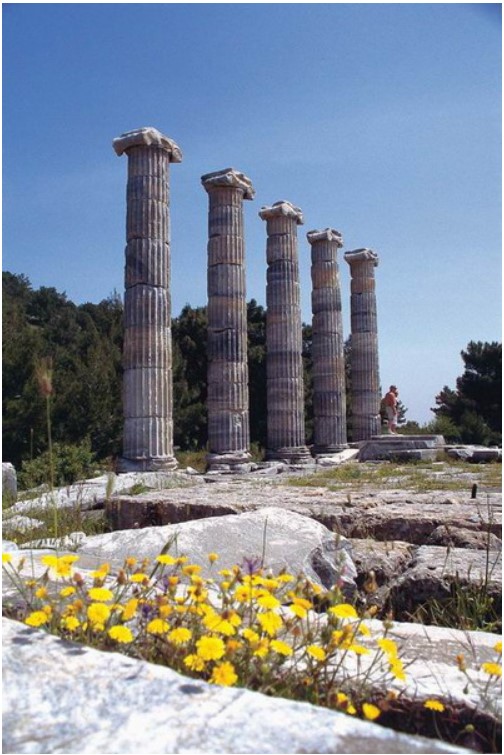
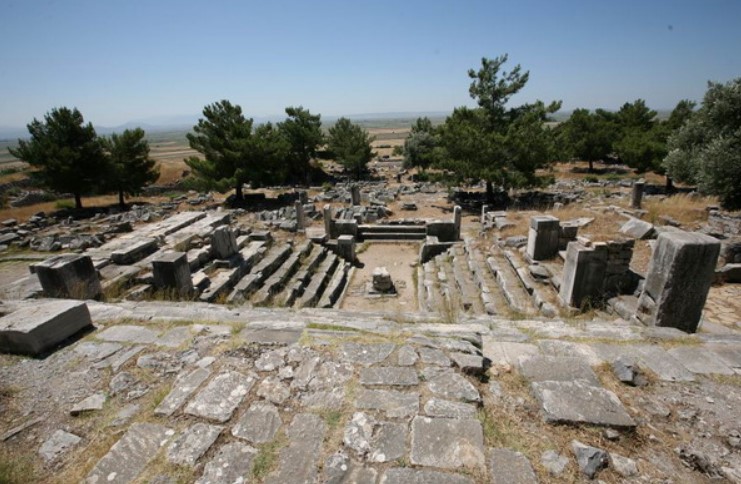
Nestled on the southern slopes of Samsun Mountain, approximately 15 kilometers southwest of Söke, Priene stands as one of the most significant ancient cities of the Ionian civilization. Perched at an altitude of 370 meters on a steep rock, its strategic location offered natural protection against invasions and a commanding view visible from afar. This positioning not only enhanced its defensive strength but also made Priene a beacon to travelers and traders alike.
or consult to Ekodosd.org
Priene, a member of the Ionian League like its neighbor Miletus, first appears in historical records around the mid-7th century BC. The city’s layout, meticulously planned on a grid system, reflects its Hellenistic roots and remains a key example of early urban design.
Among Priene’s most remarkable structures are the Temple of Athena, the Temple of Demeter, the theater, the agora, the bouleuterion, and the impressive gymnasiums. The Temple of Athena, situated at the city’s most prominent point, once featured a grand statue of the goddess crafted from gold and ivory. Although only parts of the temple’s altar survive today, it still provides a glimpse into the city’s former grandeur. The theater, capable of holding up to 5,000 spectators, was constructed in the 4th century BC and remains one of the best-preserved examples of ancient Greek theater design.
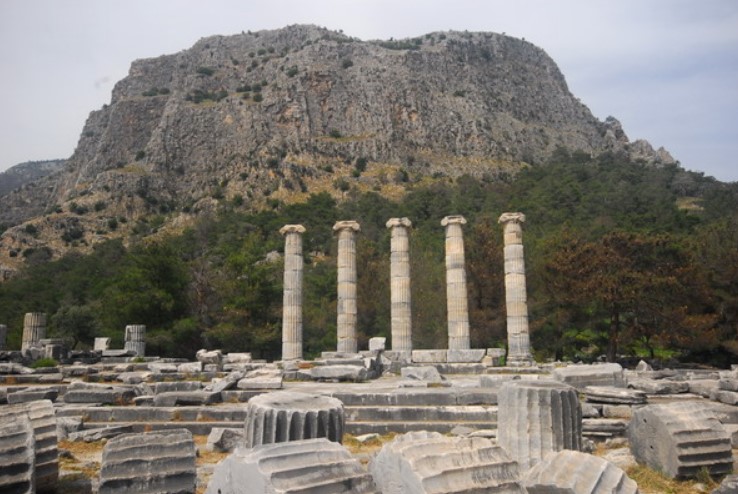
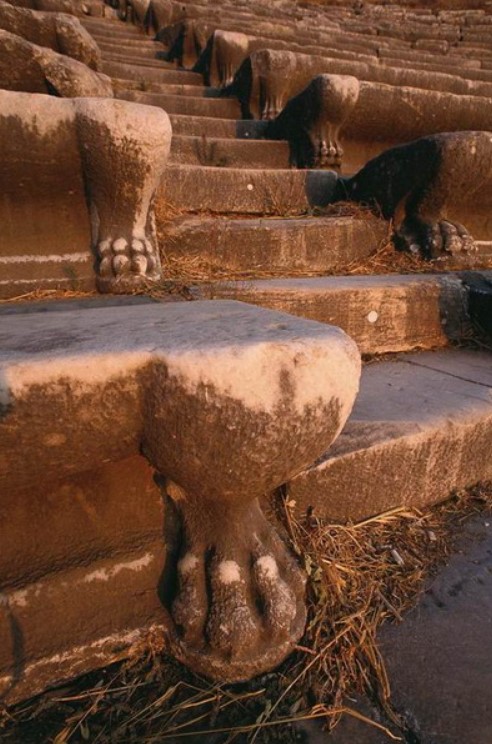
Additionally, the ruins include the Temple of Zeus, the Egyptian Temple, a Byzantine church, and even the residence of Alexander the Great, who is believed to have stayed here during his campaigns. The necropolis, along with the residential quarters, offers insight into the everyday lives and burial customs of Priene’s inhabitants.
Priene’s architectural elegance and historical significance make it a fascinating destination for those interested in exploring the less-trodden paths of ancient Anatolia.